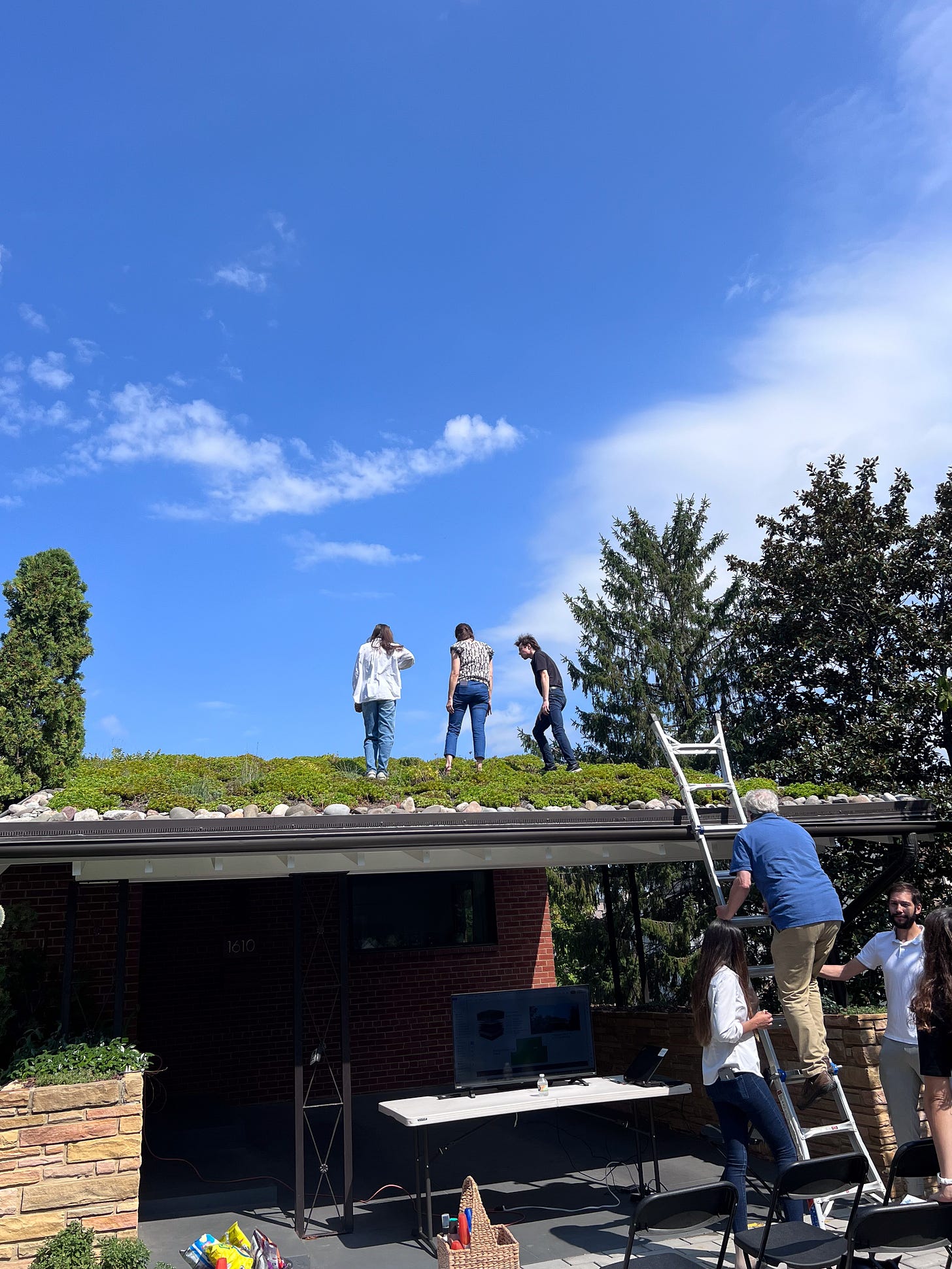The rain comes.
It comes fast.
It comes dirty.
And the water—listen—it doesn’t just go away. No. It takes. It drags. It carries the city with it. Plastic bags. Car grease. Dust from tires. Tiny bits of nothing. Tiny bits of everything. We call them microplastics. Cute name. Marketing name. Little killers.
Here’s the thing about rain in a city: it doesn’t wash things away. It picks them up. It carries them. Microplastics have quietly slipped into nearly every corner of our lives—our food, our water, even the air in our homes—and the science is starting to reveal just how much damage they may be doing to us. These particles aren’t just passive debris; they can lodge themselves in our lungs, bloodstream, and even placentas, sparking inflammation and stress that ripple through our bodies. Worse, plastics don’t travel alone—they carry chemical hitchhikers like BPA and phthalates that mess with hormones, and they soak up toxins from the environment before delivering them straight into our systems. The result? Early studies suggest risks ranging from gut microbiome disruption to fertility problems to chronic respiratory issues. And yet, the long-term picture is still a giant question mark—no one can tell us exactly how much exposure equals real harm. But here’s the truth: waiting for perfect data while our daily lives become more plastic-filled isn’t exactly comforting. And the numbers coming out of U.S. cities make it impossible to ignore.
Los Angeles: Counting the Unseen
Los Angeles is putting numbers to the problem.
- 9 microplastic particles per cubic meter of water in the LA River.
- 74 per cubic meter in the San Gabriel.
- Some samples hit 330 per cubic meter—like a snow globe of plastic dust.
The fish aren’t spared either. Mosquitofish carry around 46 pieces of plastic in their guts; tilapia, closer to 88. Eat the fish, you eat the problem.
The city is trying. Ballona Creek now has a conveyor-belt-like trash interceptor that scooped up 124 tons of garbage in one season. That’s a win. But the tiniest particles? They keep slipping through the net.
That being said, they do have some of the most generous stormwater incentive programs in the United States and are willing to compensate you for enhancing your property value through a stormwater management project.
Seattle: Salmon on the Line
Seattle’s stormwater is legendary—for the wrong reasons. About 75% of Puget Sound’s toxic pollution comes from runoff. One study showed coho salmon can die within 24 hours of exposure after a heavy rain.
Seattle’s answer? Go underground. The city is building a $700 million stormwater tunnel, a type of giant holding tank that captures dirty runoff during storms and then treats it later. It won’t bring back the dead salmon, but it could save the next run.
On top of that, Rain City Partnerships, works with Seattle Public Utilities to encourage more commercial and private property stormwater management projects. They also work with Rainplan, as we both help mitigate any risk away from property owners who want to upgrade with a project.
Washington, D.C.: Mussels at Work
D.C. had its own river disaster—sewage and stormwater overflowing into the Anacostia whenever it rained. Now, thanks to a massive tunnel project, those overflows are down 98%. The River Smart Homes program in DC gives incentives to home owners and commercial property owners when they do particular green infrastructure projects to help manage runoff into the MS4 area.
But the more interesting story is quieter: mussels. Thousands of them, seeded into the river. Each mussel filters about 15 gallons of water a day. In just a year, they’ve cleaned 32 million gallons. They’re not flashy. They don’t make headlines. But they work.

So, Can We Filter Stormwater Clean?
But cities are finding answers. Mussels, tunnels, and paying for private property to update their landscape to help with filtration. (Stormwater incentives.) Each one is a different attempt at solving the same problem: how do you stop the storm from carrying your waste into the world?
The goal isn’t pure water—that’s a fantasy. The goal is better. Cleaner than yesterday. Cleaner than the last storm. Cleaner for the next fish, the next river, the next kid who plays in it.
What You Can Do
Runoff pollutants aren’t just a city problem—it’s ours too. Every plastic bottle, every takeout fork, every polyester shirt that sheds in the wash adds to the flow. You don’t have to save the ocean on your own, but you can do something:
- Reduce your use of single-use plastics (they don’t disappear, they just get smaller).
- Support local green infrastructure projects, and even start a small one of your own! They also create resale value! Rainplan can give you the boost you need to get that started.
- Discuss runoff the way we discuss recycling or clean energy—it matters.
Because in the end, stormwater is just rain carrying our society’s reflection.


